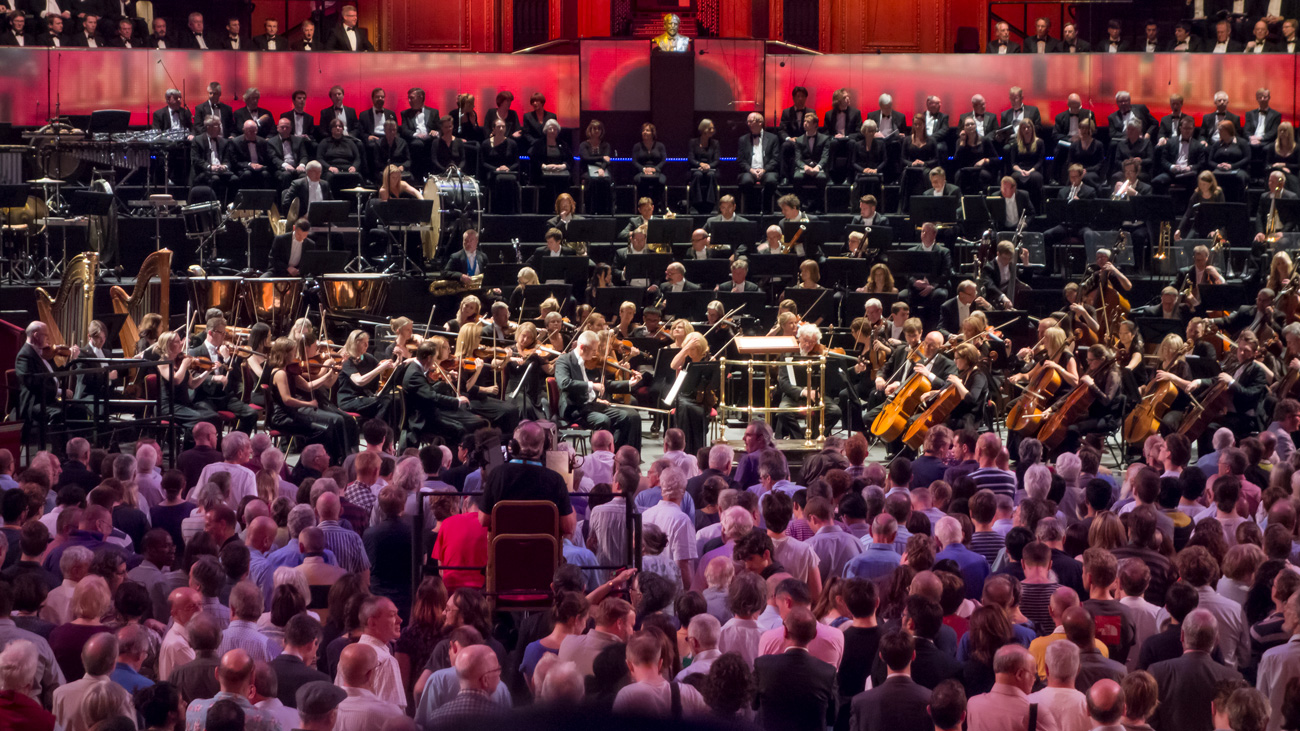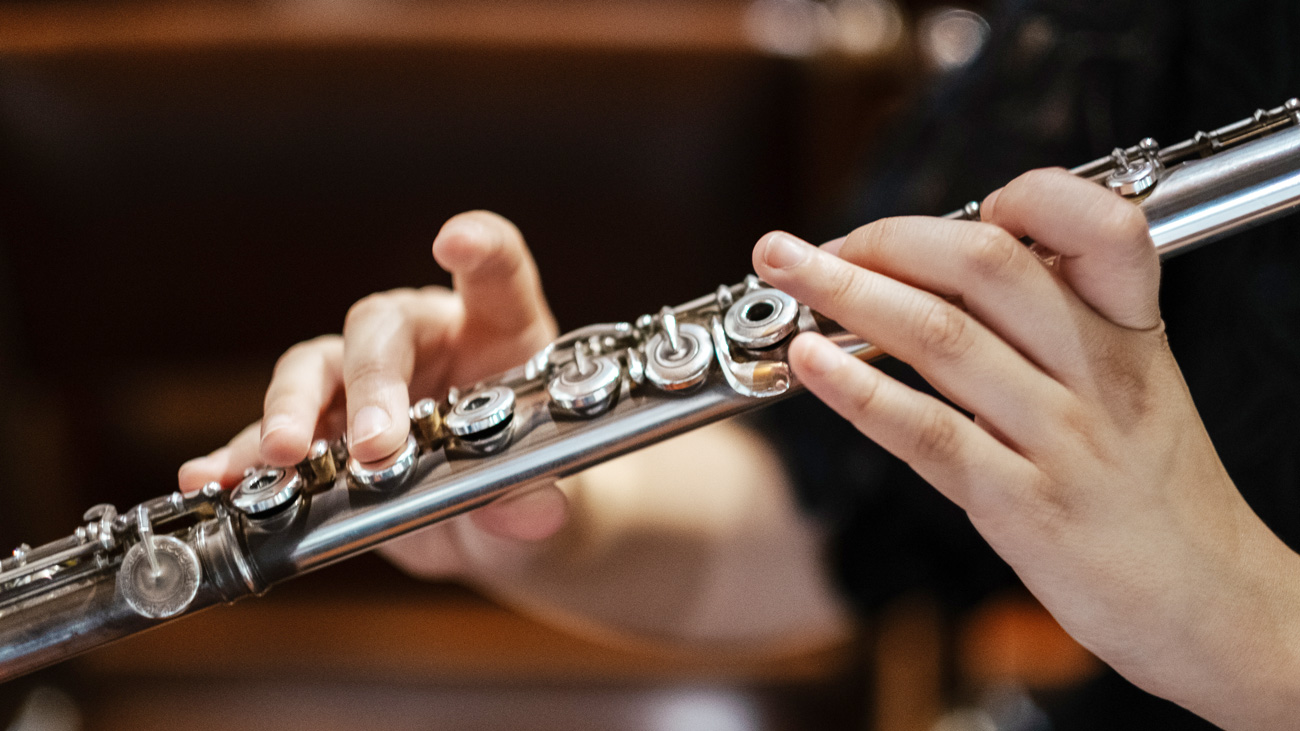Ultimate Guide: What is an Orchestra?
23rd January 2019
The term ‘orchestra’ means many things to many people, so it is probably most instructive to look first at the dictionary definition.
Dictionary.com, for example, provides various answers to the question “what is an orchestra?”, with the first being “a group of performers on various musical instruments, including especially stringed instruments of the viol class, clarinets and flutes, cornets and trombones, drums, and cymbals, for playing music, as symphonies, operas, popular music, or other compositions.”
However, the same site also posits that in a modern theatre, the term ‘orchestra’ may refer to the space reserved for musicians, usually the front part of the main floor. It adds that in the ancient Greek theatre, the orchestra was the circular space in front of the stage, allotted to the chorus.
A short history of the orchestra
The ThoughtCo website backs up Dictionary.com’s statement about the connections between the term ‘orchestra’ and ancient Greece, outlining that it was used to describe the place where musicians and dancers performed during this era.
The site adds that today, the word ‘orchestra’ doesn’t merely refer to a group of musicians, but also to a theatre’s main floor, which may also be called the orchestra pit.
In a modern theatre context, the word ‘orchestra’ may also mean the parquet or the entire main-floor space for spectators.
What are the sections of an orchestra?
A modern symphony orchestra consists of four main sections: strings, woodwinds, brass and percussion.
For such a large group of musicians to be able to play together with coordinated rhythm and expression, a conductor is usually required to lead the orchestra, standing in front of the entire ensemble and using standardised hand gestures to direct the musicians.
What instruments are in an orchestra?
The below are examples of instruments that can feature in an orchestra, across the various sections:
- Strings: Violin; viola; cello; double bass; harp
- Woodwind: Flute; piccolo; oboe; cor anglais; clarinet; bass clarinet; E-flat clarinet; contrabass clarinet; bassoon; contrabassoon; saxophone
- Brass: French Horn; trumpet; trombone; brass trombone; tuba
- Percussion: Timpani; keyboards; drums, cymbals, xylophones, triangles
What is a symphony orchestra?
You may hear such terms being bandied about as ‘symphony’, ‘chamber’, ‘philharmonic’ and, of course, ‘orchestra’. It’s therefore understandable that many people – even some people in the classical world – can become a little confused by the differences and similarities between them.
It may help here to start by thinking of the term ‘orchestra’ in its most basic definition, as a group of instrumental musicians.
The terms ‘philharmonic’ and ‘symphony’, meanwhile, both essentially mean ‘harmonious music’, and are used as namesakes to differentiate between different orchestras. In New York City, for example, you will find both the Brooklyn Philharmonic and the Brooklyn Symphony. They’re the same kind of orchestra, but merely have different names to prevent people confusing them.
This means that there are effectively just two basic types of orchestras – symphony orchestras and chamber orchestras.
Chamber orchestras are smaller than symphony orchestras, employing about 50 or fewer musicians, sometimes only made up of string players. They also differ from symphony orchestras in that they play chamber music, which is the older music written for private halls, palace chambers and aristocratic parlours.
Chamber music reached its peak in the 17th and 18th centuries, courtesy of the likes of Mozart, Haydn and Vivaldi. During the 19th century, however, such heavyweights of the era as Beethoven, Wagner and Brahms ushered in the era of symphonies that customarily required between 18 and 25 instruments.
A symphony orchestra, then, is bigger than a chamber orchestra, potentially boasting more than 100 players divided into the categories of strings, woodwinds, brass and percussion.
However, to make matters even more confusing with regard to the differences between ‘symphony’ and ‘philharmonic’, ‘symphony’ is a generic term, whereas ‘philharmonic’ is always used within a proper name.
This means that while every philharmonic is a symphony orchestra, not every symphony orchestra can be called a philharmonic, despite them being the same.
What instrument does an orchestra tune to?
‘Tuning’ refers to the process of an instrument’s pitch being adjusted. The oboe traditionally leads the tuning, partly because it is the instrument least affected by humidity or other weather conditions, but also because of historical circumstances.
Orchestras in the late 17th century predominantly comprised string instruments, with a pair of oboes sometimes being used to strengthen the first and second violin parts. This led to composers writing separate parts for the oboe, capitalising on its singing tone that contrasted with the violins.
The oboe’s bright and penetrating sound made it easy to hear, and its pitch was more stable than gut strings. These characteristics helped to make it a natural choice of instrument for tuning.
In the days before orchestral instrumentation became relatively standardised as listed above, instruments went in and out of fashion within orchestras, including flutes, French horns, clarinets and the bassoon. By contrast, the oboe was an almost ever-present instrument, which further cemented its status as the standard instrument for tuning.
While there is much more to learn about orchestras than the above basics, the above should at least provide a useful starting point for further exploration of the many fascinating forms that they can take and the possibilities that they can represent. Why not shop at Dawkes Music to take advantage of our broad range of competitively priced woodwind and brass instruments?
